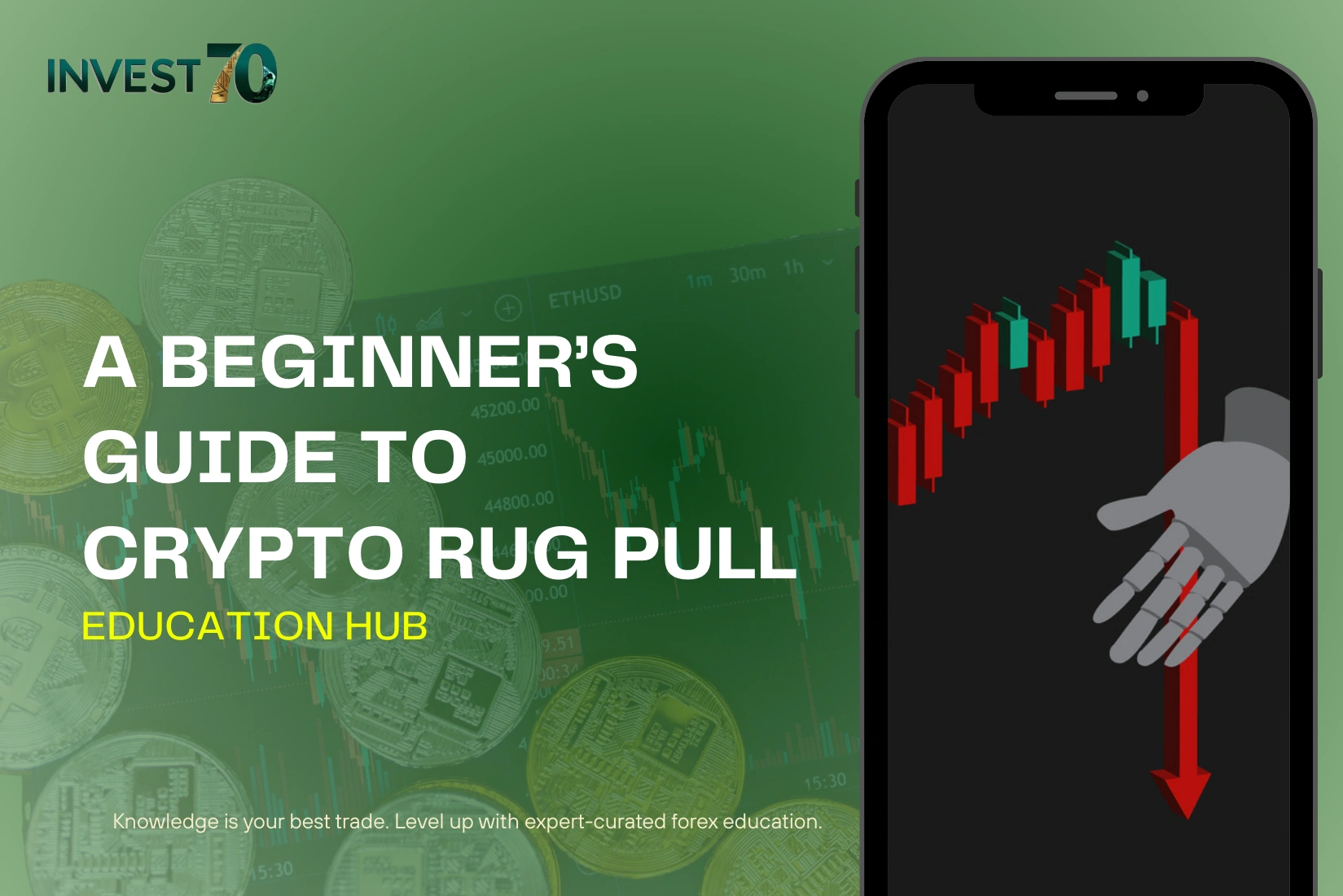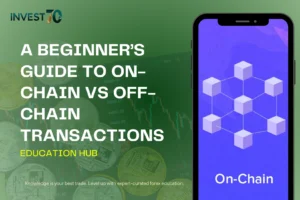How to Spot Rug Pulls in Crypto: A Beginner’s Safety Guide
Summary
- How to Spot Rug Pulls in Crypto: What Exactly Is a Rug Pull?
- Why Beginners Are the Most at Risk
- Common Signs of a Rug Pull in Cryptocurrency
- Table: Rug Pull Warning Signs vs Legitimate Project Practices
- How to Spot Rug Pulls in Crypto: How to Research Crypto Projects Safely
- How to Spot Rug Pulls in Crypto: Real-World Examples of Rug Pulls
- Beginner’s Checklist for Safe Crypto Investing
- How to Check If a Crypto Is Safe to Invest In
- Conclusion: Protecting Yourself from Rug Pulls
Rug pulls have become one of the most common forms of fraud in cryptocurrency. If you’re new to digital assets, understanding how to spot rug pulls in crypto can mean the difference between protecting your savings and losing them overnight.
A rug pull occurs when developers launch a crypto project, attract investor funds, and then suddenly drain liquidity or abandon the project—leaving token holders with worthless coins. According to data from Chainalysis, rug pulls accounted for over $2.8 billion in stolen funds in 2021 alone, making them one of the most damaging crypto scams for beginners.
This article breaks down the signs of a rug pull, shows how to research projects safely, and provides a practical checklist for avoiding scams.
How to Spot Rug Pulls in Crypto: What Exactly Is a Rug Pull?
In simple terms, a rug pull happens when developers “pull the rug” from under investors by disappearing with their money. It often occurs in DeFi (Decentralized Finance) projects or new tokens listed on decentralized exchanges (DEXs) where regulation is minimal.
There are generally three forms of rug pulls:
- Liquidity theft: Developers drain the liquidity pool of all value, leaving investors unable to sell their tokens.
- Limitless minting: Creators code the token so they can mint unlimited supply, collapsing its value.
- Dumping holdings: The team sells massive amounts of their tokens after hyping the project, crashing the price.
Why Beginners Are the Most at Risk
New investors often enter the crypto market driven by hype, viral social media posts, or the fear of missing out. Projects promising “guaranteed returns” or “the next 100x token” can sound tempting, but they are exactly the kinds of schemes scammers exploit.
Unlike traditional finance, crypto has fewer safety nets. Once funds are gone, recovery is nearly impossible. That’s why spotting crypto scams early is essential.
Common Signs of a Rug Pull in Cryptocurrency
If you want to know how to detect crypto scams early, watch out for these red flags:
- Anonymous or unverifiable team: Developers with no traceable history or LinkedIn profiles raise suspicion.
- No audit reports: Smart contracts that have not been audited are risky. Independent audits reduce—but don’t eliminate—the risk of fraud.
- Unrealistic promises: Claims like “guaranteed 1000% returns” or “risk-free staking” are classic warning signs.
- Low liquidity: A project with little liquidity in its pool can easily be drained.
- Locked liquidity absent: Legitimate projects often lock liquidity for a fixed period to show commitment. If liquidity is unlocked, beware.
- Pump and dump-style marketing: Heavy reliance on hype, aggressive social media influencers, and countdown launches with little real development.
Table: Rug Pull Warning Signs vs Legitimate Project Practices
| Warning Signs of Rug Pulls | Legitimate Project Practices |
|---|---|
| Anonymous team, no credentials | Transparent team with verifiable history |
| No smart contract audit | Published third-party audits available |
| Unrealistic return promises | Clear explanation of risks and rewards |
| Unlocked liquidity | Liquidity locked for months or years |
| Overhyped marketing, vague whitepaper | Detailed roadmap, technical documentation |
| No community governance or input | Active community with voting mechanisms |
How to Spot Rug Pulls in Crypto: How to Research Crypto Projects Safely
Knowing how to research crypto projects safely is the best prevention. Beginners should take these steps:
- Check the team background – Look for LinkedIn profiles, past projects, and whether developers have verifiable reputations.
- Review smart contract audits – Audit reports don’t guarantee safety, but they reveal potential vulnerabilities.
- Examine liquidity locks – Use blockchain explorers like Etherscan or BscScan to see if liquidity is locked.
- Read the whitepaper carefully – A vague or copy-pasted whitepaper suggests a lack of originality or intent.
- Observe community activity – Scam projects often have bots or fake followers. Genuine communities engage in critical discussions.
How to Spot Rug Pulls in Crypto: Real-World Examples of Rug Pulls
- Squid Game Token (2021): Inspired by the Netflix show, this token skyrocketed 23 million percent before developers disappeared, leaving investors unable to sell. Losses were estimated at $3.3 million.
- AnubisDAO (2021): Marketed as a new DeFi experiment, the project raised $60 million in hours before funds were drained overnight.
- Feg Token and others: Several meme tokens followed the same playbook—hype, pump, then vanish.
These cases illustrate how polished marketing does not equal safety.
Beginner’s Checklist for Safe Crypto Investing
While lists can oversimplify, here’s a practical beginner’s checklist for avoiding rug pulls:
- Research the team and their history
- Confirm if the smart contract is audited
- Verify liquidity lock status
- Compare marketing claims with actual technical progress
- Test small transactions before committing large amounts
- Avoid investing purely on social media hype
How to Check If a Crypto Is Safe to Invest In
Start with blockchain explorers and crypto research platforms. Tools like Token Sniffer and Dextools can scan for contract risks. Cross-check whether liquidity is locked and review ownership distribution—if one wallet holds more than 50% of supply, that’s dangerous.
Community forums like Reddit’s r/CryptoCurrency or Telegram groups often share early warnings. While not foolproof, they provide a second layer of protection.
Conclusion: Protecting Yourself from Rug Pulls
Understanding how to spot rug pulls in crypto: a beginner’s safety guide is ultimately about slowing down and doing due diligence. Scams thrive on urgency and hype. By checking liquidity, team credibility, audits, and community transparency, beginners can avoid many traps.
Crypto offers exciting opportunities, but safety starts with skepticism. Recognizing red flags, researching projects, and applying careful judgment are your best defenses against rug pulls.




